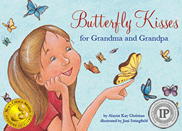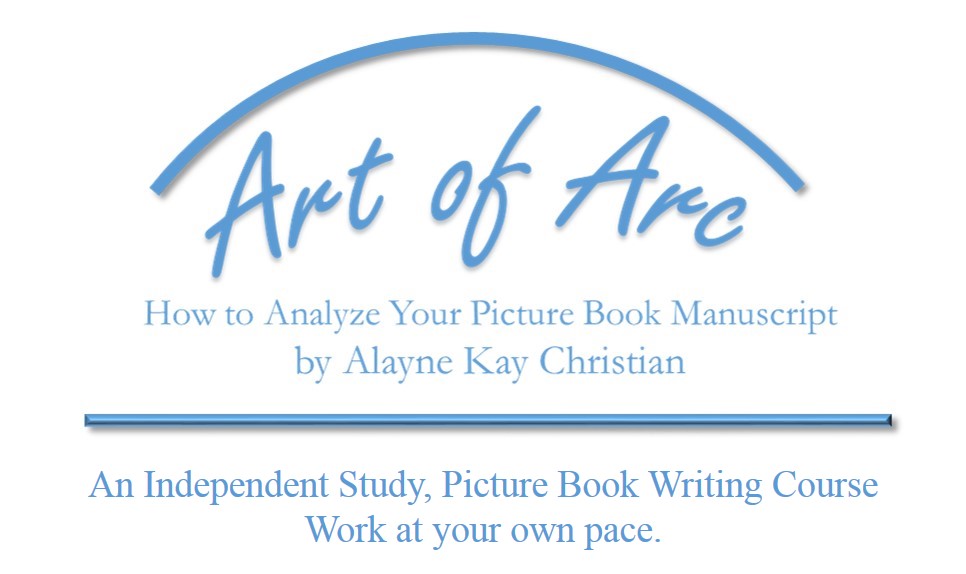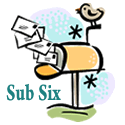
Guess what? Tara Lazar has a little more to share! She reached out to me about doing a second post on illustration notes. Why? Because she had just a little more to say. And I totally agree with what she has to say. So here it is. . . .
WAIT — THERE’S MORE
by Tara Lazar
Alayne, when it comes to art notes, I thought I said it all…
But the day my post was published, a friend said to me, “But I talked to [well-known illustrator] and he said he never looks at art notes. He told me not to bother.”
Well, I know this illustrator is widely published and award winning, but do not listen to him. (At least about this. Sorry, dude.)
The illustrator is not the first person to read your manuscript.
But who is?
The EDITOR you want to ACQUIRE IT.
So don’t think about the art notes being solely for your illustrator. They are more for your editor.
The editor must understand the story and your vision for it. If there is something they do not comprehend because you’ve been too stingy or cryptic with the art notes, then they may just send a rejection.
If an art note is necessary to understand the action, put it in. If your text says “Harry was happy” but you really want him to be hopping mad, the editor isn’t going to know that without [Harry is angry]. Editors cannot read your mind. This is your chance to ensure that she or he gets what’s happening.
After the editor acquires your manuscript, lots of changes may happen, including the stripping of art notes. And that’s OK. By the time illustration work commences, your illustrator has already been pitched on the story and its vision. There have been talks between the illustrator, editor, designer and art director. Your illustrator will be brilliant and do things that you cannot even yet imagine. They will blow you away.
But if the editor is confused while initially reading your manuscript, you will never even get to that step. Your story could be doomed to dwell in a drawer forever.
Remember, the art notes aren’t necessarily for your illustrator…but for your EDITOR.
Thank you for the bonus, Tara!
If you haven’t seen it, be sure to read Tara’s first post How Picture Book Writers can Leave Room for the Illustrator.
Check out – Illustration Notes: To Include Or Not Include on Johnell Dewitt’s site. It is loaded with info and resources on the topic of art notes.
Kidlit.com also has some good information about including illustration notes. (Full disclosure – I discovered this post in the Kidlit411 Weekly)
Tara loves children’s books. Her goal is to create books that children love. She writes picture books and middle grade novels. She’s written short stories for Abe’s Peanut and is featured in Break These Rules, a book of life-lesson essays for teens, edited by author Luke Reynolds.
Tara created PiBoIdMo (Picture Book Idea Month) as the picture book writer’s answer to NaNoWriMo (National Novel Writing Month). PiBoIdMo is held on this blog every November. In 2015, PiBoIdMo featured nearly 2,000 participants from around the world.
Tara was diagnosed with Multiple Sclerosis in 2010 and has permanently lost feeling in her feet and legs. She has an inspirational story to share about overcoming a chronic illness to achieve your goals and dreams. Tara can speak to groups big and small, young and old—just contact her for more information.
Tara is the co-chair of the Rutgers University Council on Children’s Literature Conference, a picture book mentor for We Need Diverse Books and an SCBWI member. She speaks at conferences and events regarding picture books, brainstorming techniques, and social media for authors. Her former career was in high-tech marketing and PR.
Tara is a life-long New Jersey resident. She lives in Somerset County with her husband and two young daughters.
Her picture books available now are:
• THE MONSTORE (Aladdin/S&S, 2013)
• I THOUGHT THIS WAS A BEAR BOOK(Aladdin/S&S, 2015)
• LITTLE RED GLIDING HOOD (Random House Children’s, Oct 2015)
• NORMAL NORMAN (Sterling, March 2016)
• WAY PAST BEDTIME (Aladdin/S&S, April 2017)
• 7 ATE 9: THE UNTOLD STORY (Disney*Hyperion, May 2017)
To learn more about Tara and her work, visit her website.













